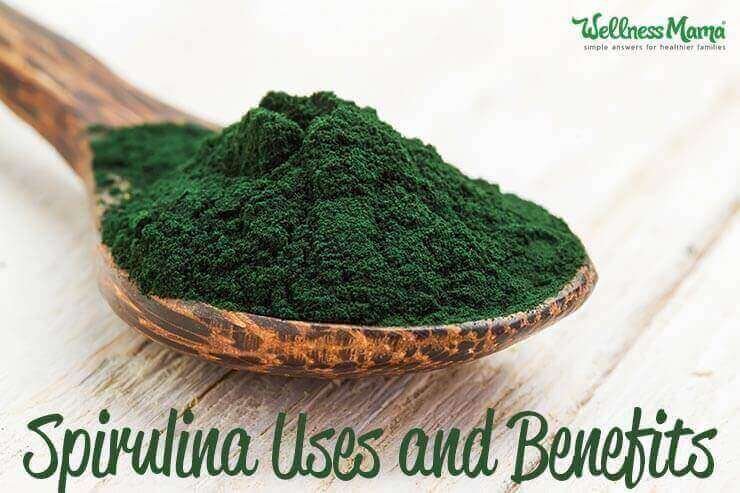
Spirulina is a microalgae that has been consumed for centuries due to its high nutritional value and supposed health benefits. Today, popular lifestyle personalities endorse Spirulina as a secret, potent "superfood," a "miracle from the sea."
"Spirulina" sounds so much better than "pond scum," but that's what the popular supplement really is — a type of blue-green algae that grows naturally in oceans and salty lakes in subtropical climates. The Aztecs harvested Spirulina from Lake Texcoco in central Mexico, and it is still harvested from Lake Chad in west-central Africa and turned into dry cakes.
Spirulina was once classified as a plant because of "its richness in plant pigments as well as its ability of photosynthesis," according to a study published in the journal Cardiovascular Therapeutics. New understanding of its genetics, physiology and biochemical properties caused scientists to move it to the bacteria kingdom, in the genus Arthrospira at first, and later into the genus Spirulina. There are several species, but three — Spirulina platensis, Spirulina maxima and Spirulina fusiformis — are studied extensively because of their high nutritional as well as potential therapeutic values, according to the study's authors.
Spirulina grows in microscopic spirals, which tend to stick together, making it easy to harvest. It has an intense blue-green color, but a relatively mild taste. Aside from supplements, the U.S. Food and Drug Administration (FDA) allows manufacturers to use Spirulina as a color additive in gum, candy and other packaged foods.
Hi! I am a robot. I just upvoted you! I found similar content that readers might be interested in:
https://www.livescience.com/48853-spirulina-supplement-facts.html